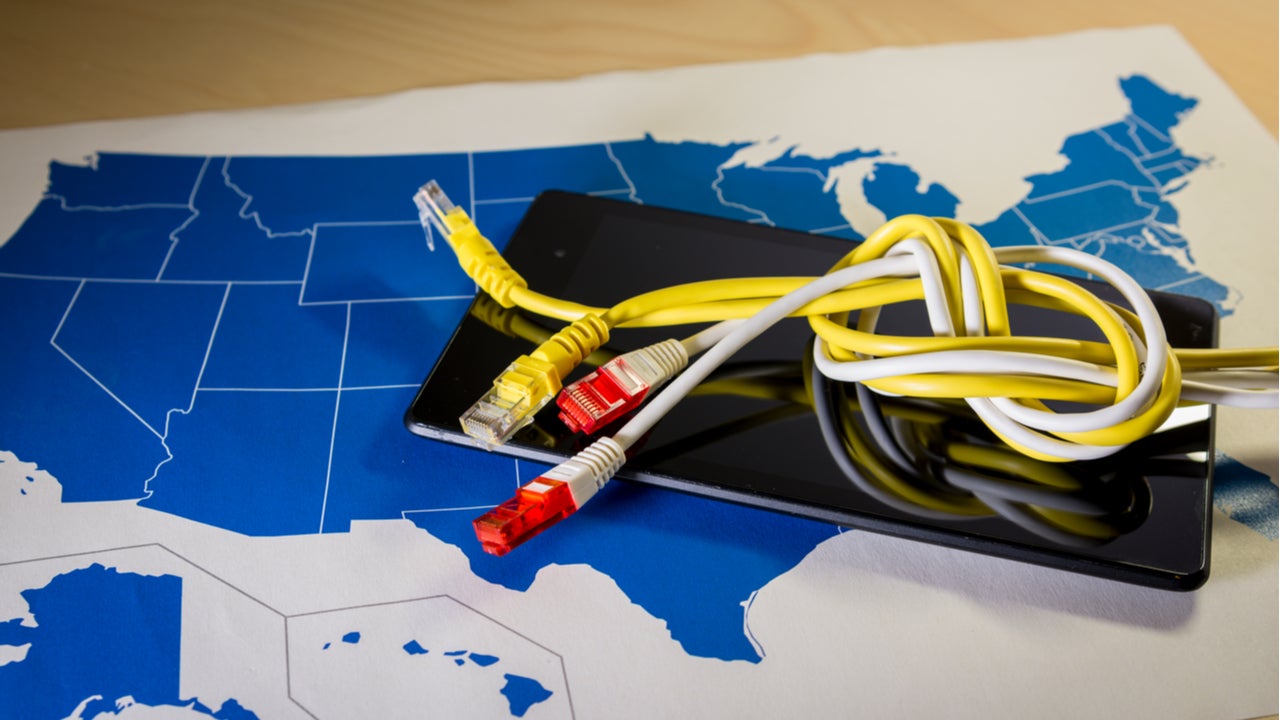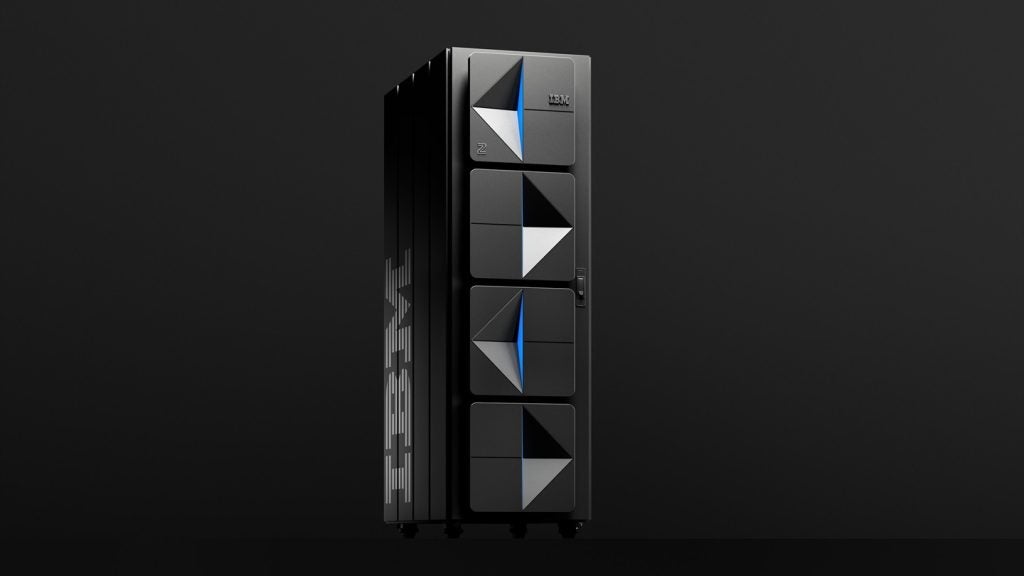The $65 billion in broadband investment, approved by the US Congress and signed by President Biden in November 2021, has pitted industry associations advocating fiber and fixed wireless against each other. In April 2022, the Wireless Internet Service Provider Association (WISPA), which represents over 1,000 wireless ISPs and supporting vendors, sent a letter to 17 members of the US House Subcommittee on Communications and Technology advocating a “technologically neutral” approach to infrastructure investment.
The language of the WISPA letter, while couched in neutrality, is in reality a push-back against a strong campaign coming from advocates of fiber deployment since late 2021. In February 2022, two industry associations advocating fiber deployments, the Fiber Broadband Association (FBA) and the NTCA-The Rural Broadband Association, introduced a set of playbooks designed to help accelerate the process of creating state funding applications and competitive bidding evaluations.
Evaluation process is vital
The evaluation process is of course crucial; for example, criteria favoring fiber could make it difficult for fixed wireless operators to win new deployment contracts. According to the letter, released by WISPA Chairman Todd Harpest, “prioritizing fiber transmission would mean that large swaths of America would continue to remain unserved. Such an outcome would be inequitable and run counter to the intent of the Infrastructure Investment and Jobs Act.”
WISPA points to a number of advantages it sees in fixed wireless compared to fiber. According to Harpest, “gigabit speeds for business and residential customers are now widely available through several technologies and from multiple vendors. The advantage of FWA is that it is quicker and more cost-effective to deploy than fiber to the home and cable broadband networks. Moreover, it is resilient, scalable and can readily evolve to the needs of the marketplace.”
Increase in fixed wireless adoption
To bolster its case in favour of fixed wireless, WISPA points to a significant increase in fixed wireless adoption among larger operators recently. According to WISPA, operators offering fixed wireless solutions captured 38% of new broadband subscriptions in Q4 2021.
The timing of the WISPA letter is strategic: with the Department of Commerce’s National Telecommunications and Information Administration (NTIA) likely to issue its first public notice related to how funding contracts will be awarded in May 2022, there is a short window of opportunity for legislators to weigh in. As a result, any progress that WISPA can make in influencing the rules of engagement could easily impact multiple billions of dollars in federal spending decisions.
Recent momentum in fixed wireless from the large operators may help bolster WISPA’s case just in time to influence the NTIA in creating a more level playing field between well-established fiber and rapidly emerging fixed wireless options.







